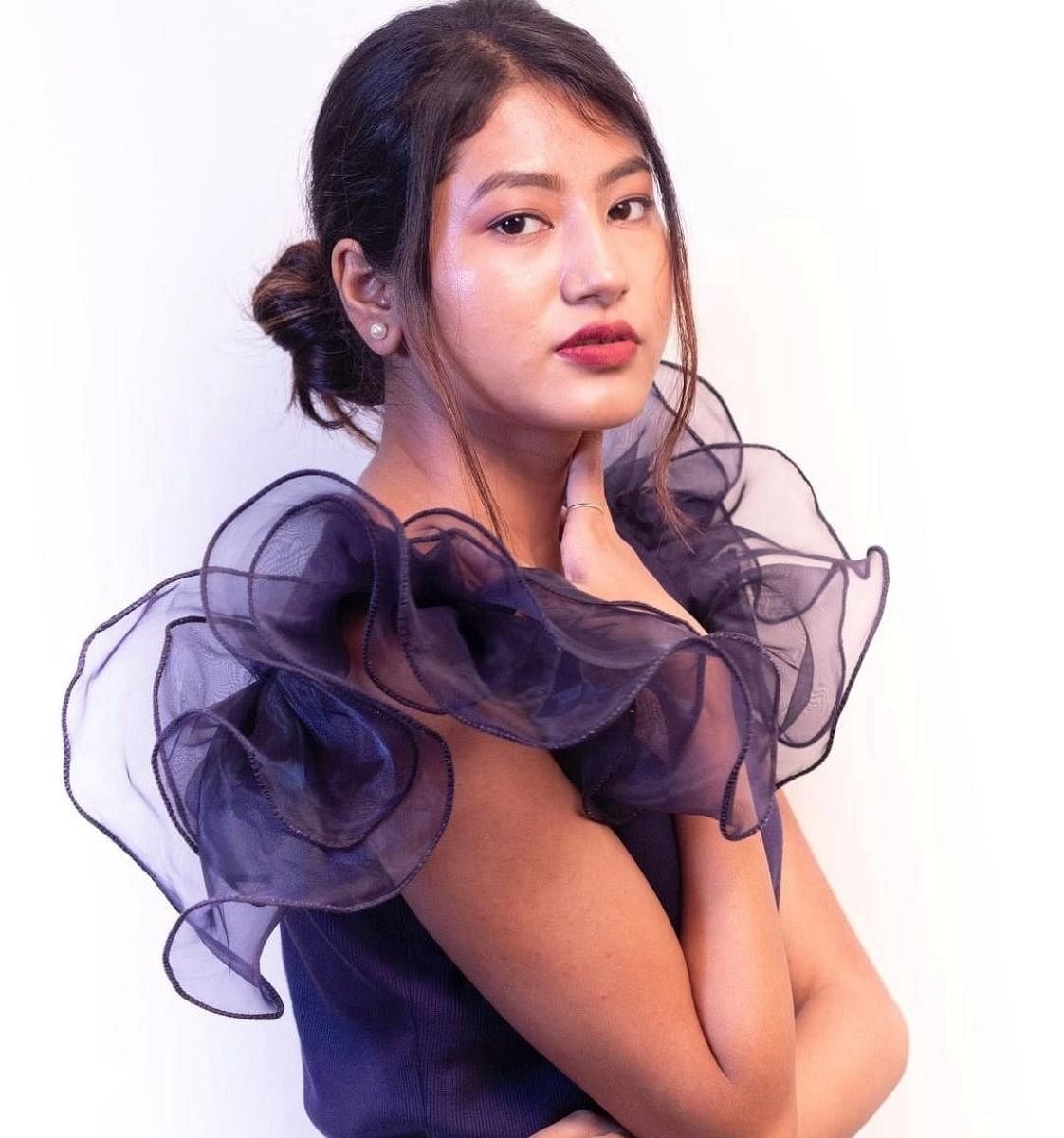
In the fashion world, colours play a prominent role. Be it the Pantone colour of the year or the latest collections by the hottest fast fashion brands, colours play a key role in attracting consumers and creating an emotional connection.
“Colour is one of the primary reasons why you get attracted to a piece of clothing,” says fashion designer, Satish S.
Fashion students and designers use the concept of colour theory and psychology to gauge the viewer’s interest and roll out collections that are easily recognisable and distinctive.
Co-founder of Ombré Collective, an online clothing brand, Preeti Karia, says she educates her customers on the importance of a colour scheme. That’s for three reasons.
She tells Metrolife, “The colour of an outfit greatly impacts your personality, how you feel, and also how you want to be perceived.”
The study of colour is complex and involves an understanding of light, pigment and also science, technology, and art. But it is not necessary to learn the complete colour theory to be able to dress well, she adds.
“If you just spend the time to learn the basics and figure what works best for you, you’ll be fine. There are also various online quizzes that can help you in choosing your colour palette,”
she says.
Understand your skin tone
To appear your best, it is important to pick colours based on the undertones of your skin, says Preksha Bafna, fashion designer and stylist.
“Even though people have a variety of skin colours, there are only three different categories of skin undertones — warm, cool and neutral. Warmer complexions consist of yellow undertones, while cool complexions consist of pink undertones. A neutral complexion has a mix of both warm and cool undertones. Though your skin’s surface might change its colour because of factors like tanning, your skin undertone will not change,” she explains.
And so, she recommends you to choose complementary colours, and pair them with other colours from the colour wheel to break the monotony of the outfit.
The shades of blue, green and purple best suit people with cooler undertones, and the shades of green, red and orange suit those with warmer undertones, says Preeti. These are just guidelines and not hard-and-fast rules, she adds.
“At the end of the day, the goal of fashion is to have fun. So choose colours that you would like to wear and that makes you happy. That is the perfect colour for you,” she adds.
Match the mood
Lately, colour psychology has become a popular area of colour theory and has been gaining significance among millennial customers.
“Nowadays, I often see customers focusing on how an outfit makes them feel rather than how others perceive it on them. They pick outfits based on how they want to feel — powerful, comfortable, sensual, etc.,” says Satish.
Multiple studies have shown that colours can greatly affect one’s mood and the way people respond to others. Hence it is important to choose the colours correctly, advises Preksha.
“Be it a dinner date or a casual day at work, the colours you wear do play a part in setting the right mood,” she adds.
Different colours can bring out different feelings in individuals. “Blue often has a calming effect and is seen as stable colour. The colour brown is often known to bring a sense of credibility. For example, if you’re a woman in a male-dominated workspace, brown outfits can give you confidence and make you look powerful,” says Preeti.
On the other end of the spectrum are colours like yellow and grey. These can bring out unstable emotions within individuals, she explains.
“But these are not rules set in stone. If yellow is your favourite colour, wear all the yellow tops you like. The colour theory is a generalised theory and it shouldn’t be taken too seriously,” adds Satish.
Colours that make you feel good, according to experts
Red: Red makes you stand out and is associated with strong emotions, such as love, passion, and anger. It has often been linked to sexuality and increased appetite.
Blue: Blue is often known to have a calming effect. It is associated with trust and peace. The colour is known to bring a sense of stability, and reduce feelings of stress and anxiety.
Purple: The colour purple is linked to imagination and spirituality. It's considered a royal colour, that can make you feel powerful.
Deccan Herald is on WhatsApp Channels| Join now for Breaking News & Editor's Picks